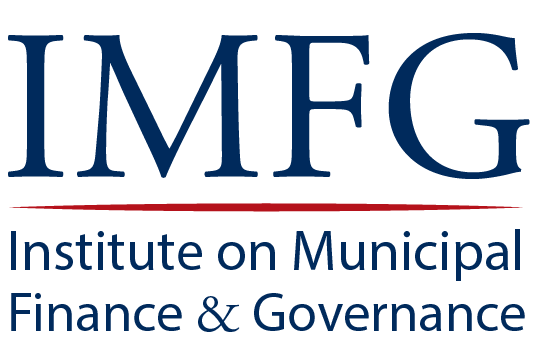Affordable Housing in Ontario
How do local governments create the conditions for greater private participation in affordable housing in Ontario? The purpose of affordable housing is relatively simple: to provide adequate shelter for people at a range of incomes who cannot reasonably afford to pay the market rate. But the economics of affordable housing is complex and there is no “free lunch.” Somebody has to pay the difference between the affordable rates and the market price. Traditionally, governments largely filled this gap through large capital and operating investments, shelter allowances for individuals or other funding. This traditional model appears less suited to today’s challenges.
Four pathways to increasing private participation in affordable housing are discussed:
- Levers to Make Affordable Rental and Ownership Models Work, including tax reforms and credits, or inclusionary housing models that use public lands and other incentives.
- Investment Vehicles for the Social Housing Sector such as mortgage refinancing, Real Estate Investment Trusts (REITs), or emerging social finance instruments.
- Incentives to Maintain Private Rental Supply like improved rent dispute processes, expedited property tax equalization, or enhanced financing for repairs and retrofits.
- Creating the Conditions for Private Participation by ensuring fair and consistent market conditions, and by building on the success of public-private partnership (P3) models.
Case studies also highlight affordable housing models in the United States, United Kingdom and Australia, all of which face similar housing affordability challenges and fiscal constraints.
